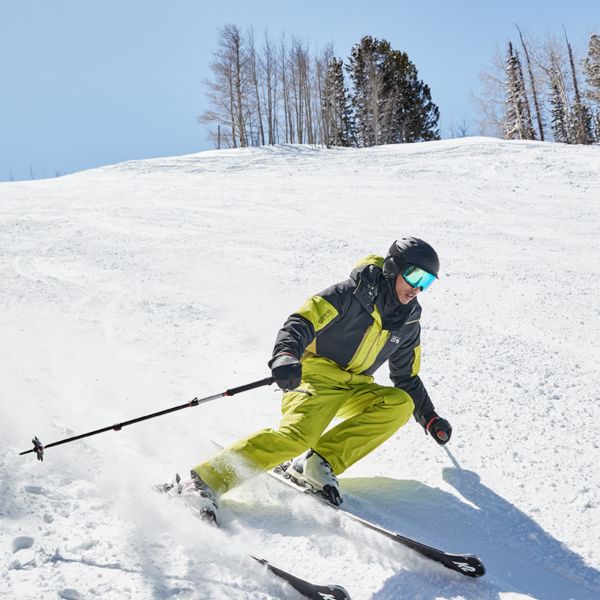Things everyone likes: Shiny new gear. Things nobody likes: Spending tons of money on stuff you barely use. Maybe you’re dabbling in a new outdoor sport for the first time. Or maybe you just don’t get out often enough to justify storing a kayak in your tiny apartment. Regardless, gear rentals offer a sleek solution: They give you the opportunity to test out high-quality, impeccably maintained gear exactly when you need it—without committing to any large investments or storage needs.
The Social and Environmental Case for Renting
Convenience and cost-savings alone are good reasons to rent, but there are other perks, too. For starters, rentals are an amazing way to bridge the equity gap in the outdoors, says Gary Mazur, Public Lands’s manager of operational planning. “When you rent gear, it allows you to use great stuff without a large upfront expense, or the need for upkeep,” he explains.
That last point is worth underlining. While quality gear performs brilliantly right out of the box, you need to maintain it properly, which requires time and sometimes extra expenses. When you rent, you get to use items that are cleaned and tuned by professionals—at no ongoing cost to you.
Plus, Mazur adds, a rental economy is better for the environment. Think about it: If you have 100 people who own their own snowboards but only use them once or twice a year, that’s 100 snowboards that had to be produced—with all the energy, chemicals, and plastics it takes to manufacture gear—and 100 snowboards that will ultimately end up in a landfill. But if those 100 snowboarders each rent gear instead, that might translate to just two or three snowboards in circulation—and therefore only two or three that get made and ultimately discarded. That’s a big difference.
How to Rent Outdoor Gear: Online vs. In-Store
These days, there are a number of gear rental services available—everything from online-only concierge services that will deliver gear straight to your door, to in-store rental departments that give you customized fit options and face-to-face time with knowledgeable staff. Here are a few of the differences and how to decide what’s the best option for you.
Online Rentals
Nowadays, explorers are no longer limited to what’s on offer from a specific location. Thanks to the internet and robust shipping logistics, you now have the opportunity to rent gear from just about anywhere. Take Public Lands, for example.
“From a tactical and logistical standpoint, we only have two [brick and mortar] Public Lands stores currently, but you can find access to public land all over the country,” says Tracey Fetherson, the brand’s senior manager of strategy and innovation. “So giving explorers the opportunity to rent gear online and have it shipped to their home, or to any street address in the continental United States, means we can serve people that may not live near one of our stores.”
Public Lands uses Arrive Outdoors, a leading outdoor gear rental service, to help fulfill its online orders. Right now, you can rent packable camping products like tents, sleeping bags, hammocks, chairs, and cookware from Public Lands online. You can either rent items individually (like a single headlamp) or as a curated kit (such as a “Camping Set for 2”), which adds tons of convenience and versatility to the process. (Check out the Public Lands rentals page for availability, costs, and other details.)
Online rentals are fast and easy to execute, and at the end of the trip, it’s simple to box up the gear and ship it back—no extra driving required. The main drawback? Shipping costs for bulky gear. No matter who you rent from, bigger items like boats, bikes, and skis are going to be expensive to truck across the country. That’s where in-store rental programs come in.







